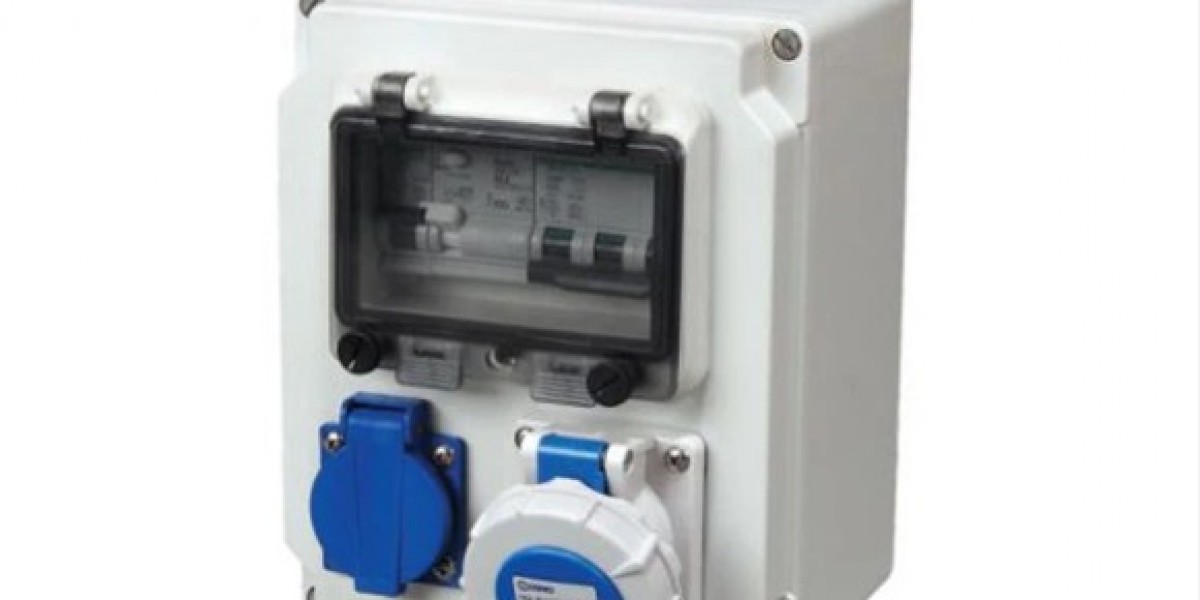Hyperautomation: The Evolution of Intelligent Efficiency
Hyperautomation represents a paradigm shift in how organizations approach business process automation, moving beyond simple, single-task automation to a comprehensive, strategic framework. It is not a single technology, but a combination of sophisticated tools and platforms that work together to automate virtually every task a company can. At its core, hyperautomation is about building an intelligent, interconnected, and automated enterprise that can adapt and optimize itself in real time.
Defining Hyperautomation
Hyperautomation industry leverages a suite of advanced technologies to achieve end-to-end process automation. Key components include:
Robotic Process Automation (RPA): The foundation of hyperautomation, RPA automates repetitive, rule-based digital tasks.
Artificial Intelligence (AI) and Machine Learning (ML): These technologies enable bots to handle more complex, unstructured tasks by learning from data, making predictions, and adapting their behavior.
Intelligent Business Process Management (iBPM): This orchestrates the entire automation workflow, ensuring different automation tools and human teams work together seamlessly.
Process Mining: This analytical tool helps organizations discover, visualize, and understand their business processes by analyzing event logs, identifying bottlenecks and opportunities for automation.
Intelligent Document Processing (IDP): Using AI and ML, IDP automates the extraction, classification, and processing of data from unstructured documents like invoices, forms, and contracts.
By combining these technologies, hyperautomation goes beyond automating a single task to automating entire business processes and even the automation of the automation itself
The Strategic Imperative for Hyperautomation
The move towards hyperautomation is driven by several key business imperatives:
Enhanced Operational Efficiency: By automating labor-intensive and error-prone tasks, organizations can significantly reduce operational costs and increase speed and accuracy. This frees up human employees to focus on more creative, strategic, and high-value work.
Improved Business Agility: In a rapidly changing business environment, companies need to be able to adapt quickly. Hyperautomation provides the flexibility to reconfigure and optimize processes on the fly, enabling faster responses to market shifts and customer demands.
Data-Driven Decision Making: Hyperautomation provides a wealth of data on process performance. Tools like process mining offer deep insights, allowing leaders to make better-informed decisions about where to invest resources and how to optimize workflows.
Superior Customer Experience: By automating back-end processes, companies can deliver faster and more personalized services. For example, automated customer support bots and rapid order processing contribute to a better customer journey.
Scalability: Automated processes are highly scalable. As a business grows, its automated workflows can be easily expanded to handle increased volume without a proportional increase in human labor.
Compliance and Security: Automated systems can enforce compliance rules and maintain a detailed, auditable trail of all activities, reducing the risk of human error and security breaches.
Applications Across Industries
Hyperautomation is not confined to one sector; its applications are widespread and transformative:
Financial Services: Automating loan approvals, fraud detection, and customer onboarding.
Healthcare: Streamlining patient registration, claims processing, and managing electronic health records.
Manufacturing: Optimizing supply chain logistics, inventory management, and quality control.
Retail: Enhancing e-commerce operations, automating order fulfillment, and personalizing the customer experience.
Human Resources: Automating recruitment processes, onboarding new employees, and managing payroll.
The Future of Work and Hyperautomation
The rise of hyperautomation is often misconstrued as the end of human work. On the contrary, it is about redefining human roles. By taking over mundane, repetitive tasks, it elevates the human workforce, enabling them to engage in more creative problem-solving, strategic planning, and interpersonal collaboration. The future of work will be a partnership between human intelligence and automated systems, where hyperautomation serves as the engine of efficiency and innovation, allowing businesses to unlock new levels of potential and growth.
Related Reports:
Thin Wafer Processing and Dicing Equipment Market
Ultra Portable Internet Device Market
Waveguide Components And Assemblies Market







